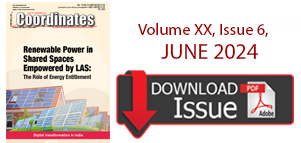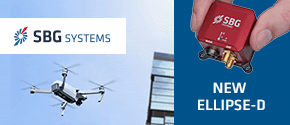Articles in the Positioning Category

The set of satellite systems for global navigation that are functioning or are expected to be launched in the future, in English are called GNSS (Global Navigation Satellite Systems), whereas in Albanian it will be SSNG (Sistemi satelitor për navigim global). This system allows determining the position in the whole globe…

















 (5.00 out of 5)
(5.00 out of 5)